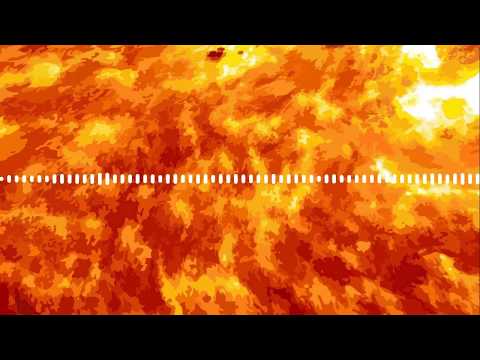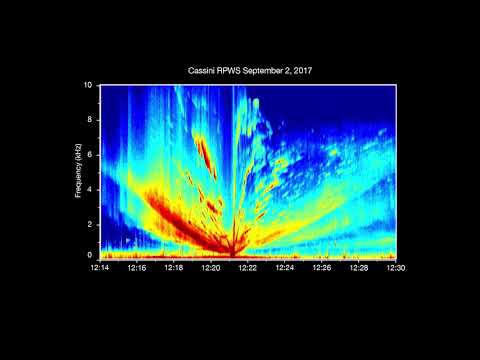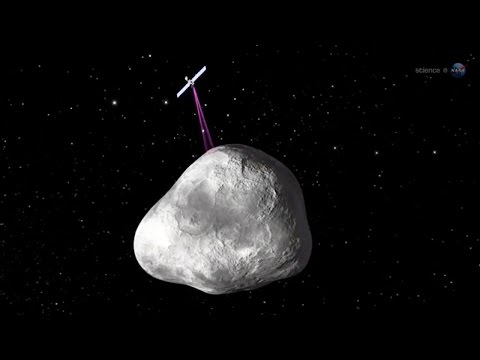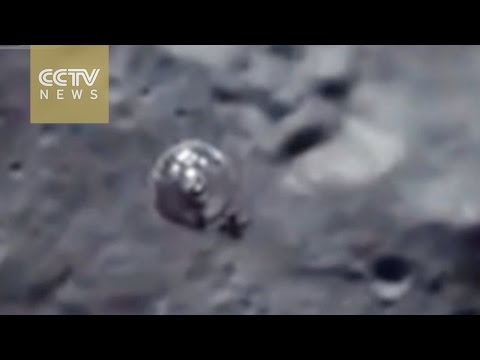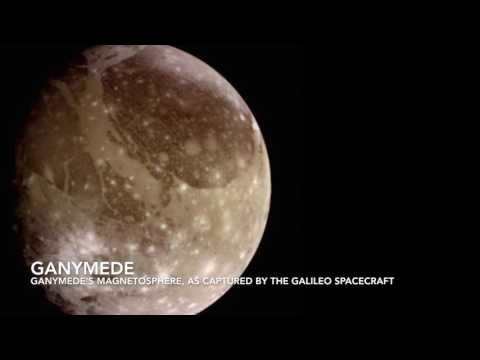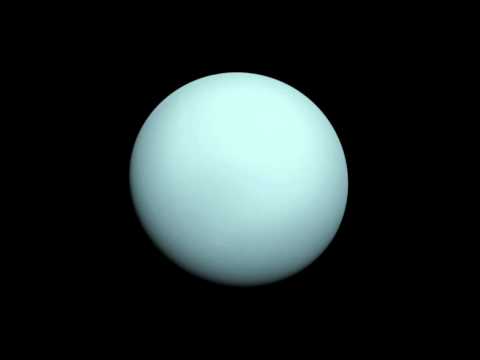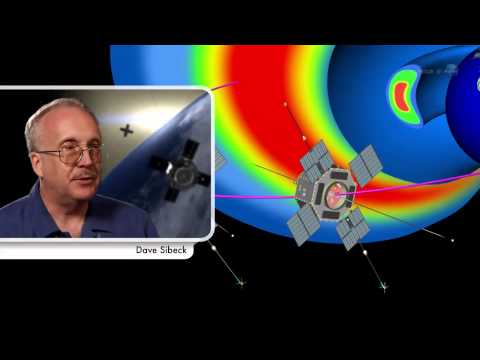Aside from explosions, the absence of that medium also means we cannot hear the sound of any astronomical object traveling through space. However, luckily for us, sound is a mechanical wave and we can record the frequency of those waves and convert them into sound, just as we have done with the planets, moons, comets and stars on this list. Please grab your headphones because you are in for a surprise. 10 Familiar Animals That Make Surprising Sounds
10 The sun
It is a good thing that we cannot hear the sound of the sun. If we could, we would hear a deep and low humming sound that quickly becomes irritating and may even cause a headache if it goes on for too long. (At least, that was how it made me feel.) We know how the sun sounds, thanks to NASA and the European Space Agency (ESA), which teamed up to record the frequency of the waves caused by the materials moving on the sun. They passed the data over to Stanford University’s Experimental Physics Lab, which converted it into the sound you can hear in the video.
9 Jupiter’s aurora
On August 27, 2016, NASA’s Juno spacecraft recorded the sound of the aurora along one of Jupiter’s poles. That sound is probably the creepiest one on this list. It sounds like the soundtrack of a Halloween movie. This is not a surprise to astronomers considering Jupiter’s auroras have the strongest energetic particles in our solar system. I cannot really describe this sound but if someone pressed me for an answer, I would say it begins as a screeching sound but quickly becomes eerie, ghostly and scary, as if an angry witch was screaming or something. However, you should watch the video to see what you can make out of it. (The audio starts at 00:27).
8 Saturn and Enceladus
On September 2, 2017, NASA’s Cassini spacecraft recorded the sound of the plasma waves exiting Saturn and traveling to its rings and one of its moons, Enceladus. The sound is not as creepy as Jupiter’s aurora but it is equally difficult to describe. Watch this video on YouTube However, if someone pressed me for an answer, I would say it begins as a low-pitched sound, as if someone was playing a musical instrument that could have been a weird kind of drum. Then it is quickly overwhelmed by a whooshing background sound and a screaming gust of wind that mimics an airplane flying on a cloudy day.
7 Comet 67P
Comet 67P (or Churyumov-Gerasimenko) is called the “singing comet” because it makes a weird clicking sound that closely mimics the sound made by dolphins. As you can hear in the video, the comet makes an eerie sound that can be mistaken for a gust of (earth’s) wind but overlaid with a repeated clicking sound. Scientists believe 67P’s sound is the result of the vibrating plasma in its magnetic field. However, the sound is strange because it is different from the sounds made by other comets. In the meantime, scientists are closely monitoring the comet to see if it will continue making the same sound when it moves closer to the sun or alter it as other comets do. Only time will tell.
6 Mars
On November 26, 2018, NASA’s InSight lander landed on Mars. On December 1 the same year, it recorded the sound of wind blowing on Mars. The sound, which begins at 00:35, is a relaxing, low-pitch note that will make your ears vibrate when you listen to it with a headphone (which NASA recommends). Luckily, NASA also got those without headphones covered. It created an edited but louder-pitched version that begins at 00:56. The video also contains a third sound captured by a second equipment on the lander. That sound begins at 1:10. However, we should add that it has been sped up 100 times, so it will sound like a gust of wind on earth. Top 10 Incredible Recordings
5 The dark side of the moon
Before we begin, we need to mention that there are two sides of the moon. There is the bright near side, which always faces the earth and the dark far side, which is only visible to a person or spacecraft orbiting the moon. In 1969, astronauts onboard the Apollo 10 mission, which flew three months before Neil Armstrong’s Apollo 11, recorded the sounds of the far side of the moon as they orbited it. The sound, which starts at 00:25 in the video, has a creepy “Whooooooooo” sound the astronauts described as weird. It was unlike anything they had ever heard. According to the video, the astronauts recorded the sound instead of immediately relaying it to NASA because they could not communicate with NASA from the far side of the moon. At some point, they even considered hiding the recording from NASA over concerns that NASA may think they were making things up and drop them from future missions. However, they later gave it to NASA, which released it to the public in 2008. We should also add that there is an ongoing dispute over the source of the sound. According to the video, one NASA engineer believes the sound is the result of radio interference. However, astronaut Al Worden of Apollo 15 thinks it is the handiwork of some unseen creature or object on the moon. As he said, “If there was something recorded on there, then there was something there”.
4 Jupiter’s ionosphere
We already talked about the sound made by Jupiter’s aurora. However, as we can see (and hear), the aurora is not the only part of Jupiter that makes a sound. Its ionosphere (the point where its atmosphere meets space), makes one too. NASA’s Juno spacecraft recorded the sound as it approached Jupiter on February 20, 2017. However, we should add that the sound was not created by the ionosphere itself but is the result of Jupiter’s magnetic field deflecting charged solar winds from the sun. It is very difficult to describe this sound. In keeping with the sort of sound Jupiter makes, the sound is creepy but not as ghostly and scary as the aurora. As Cnet described it, it sounds like “an old modem from the early 1990s if it were a little drunk and handshaking with a BBS hosted by the local haunted house”.
3 Ganymede
Ganymede is the largest moon in our solar system. It is as big as a planet and would have been considered one if it was not orbiting Jupiter. Like everything Jupiter, Ganymede makes its own creepy sounds too. The sound we are talking about here is the sound of its magnetosphere, which refers to the part of the atmosphere that protects an astronomical object from the magnetic field of a nearby but larger astronomical object. In Ganymede’s case, that nearby object is Jupiter. This is interesting considering only planets have magnetospheres. This makes Ganymede the only moon in our solar system to have one and the only magnetosphere that exists within another magnetosphere. NASA’s Galileo spacecraft recorded the sound of Ganymede’s magnetosphere as it flew past the moon on June 27 and September 6, 1996. While it is somewhat difficult to describe the sound, we would say it begins as something we will probably consider normal before quickly turning creepy at 00:16. It then goes on to make some other weird sounds that is difficult to describe.
2 Uranus
Uranus and Neptune rank among the least noisy gas giants out there. The other two, Jupiter and Saturn, are considerably noisier. However, noise is relative as far as gas giants go. These planets are filled with gases and fluids and do not have land. So you should expect to hear never-ending wind noise if you ever manage to find yourself in one. Uranus, as you can hear from the video, makes a creepy, howling noise that feels scary, cold and haunting one moment and relaxing, lonely and comfortable the next. In other words, its sound rapidly alternates between what you will hear on a very windy day (on earth) and the sort of thing you should expect when a ghost is about to grab you from behind while reading this list on Listverse.
1 Earth
As we mentioned in the entry about Ganymede, every planet has a magnetosphere. Earth has one too and it contains two rings of plasma we call the Van Allen Radiation Belts. The sound of the radiation belt is inaudible to our ears. However, like every other sound we have mentioned so far, we can pick it up with instruments. A few years ago, NASA launched some space probes to record the sound. That sound, which you will hear at 0:30 and 1:10 (if you do not want to hear the narrator’s voice), has been described as the sort of thing flocks of birds make early in the morning. Little wonder it was named “chorus”. Top 10 Secrets Of Iconic Hollywood Sounds
